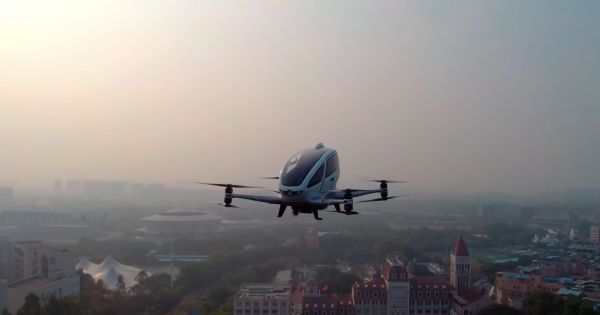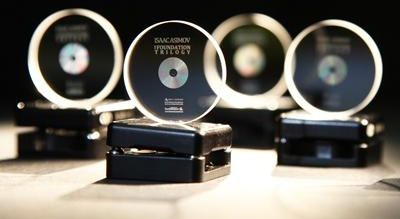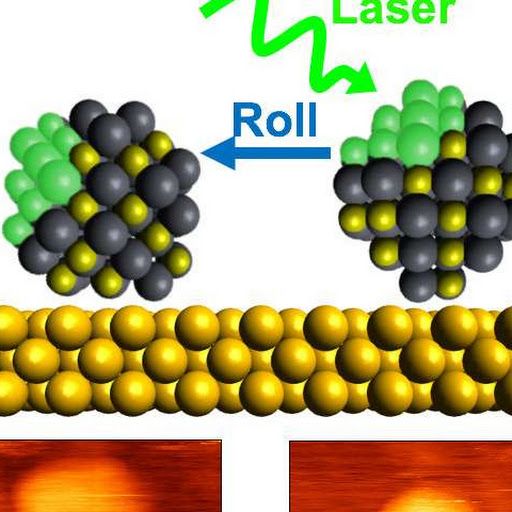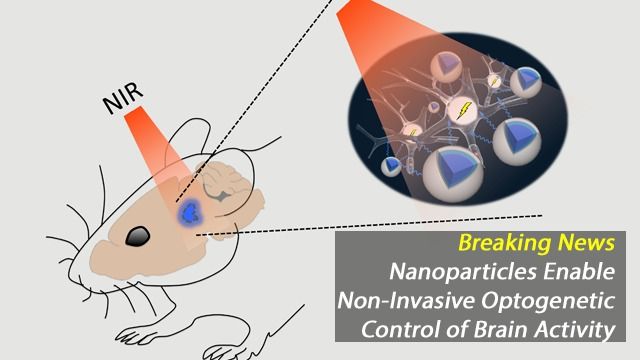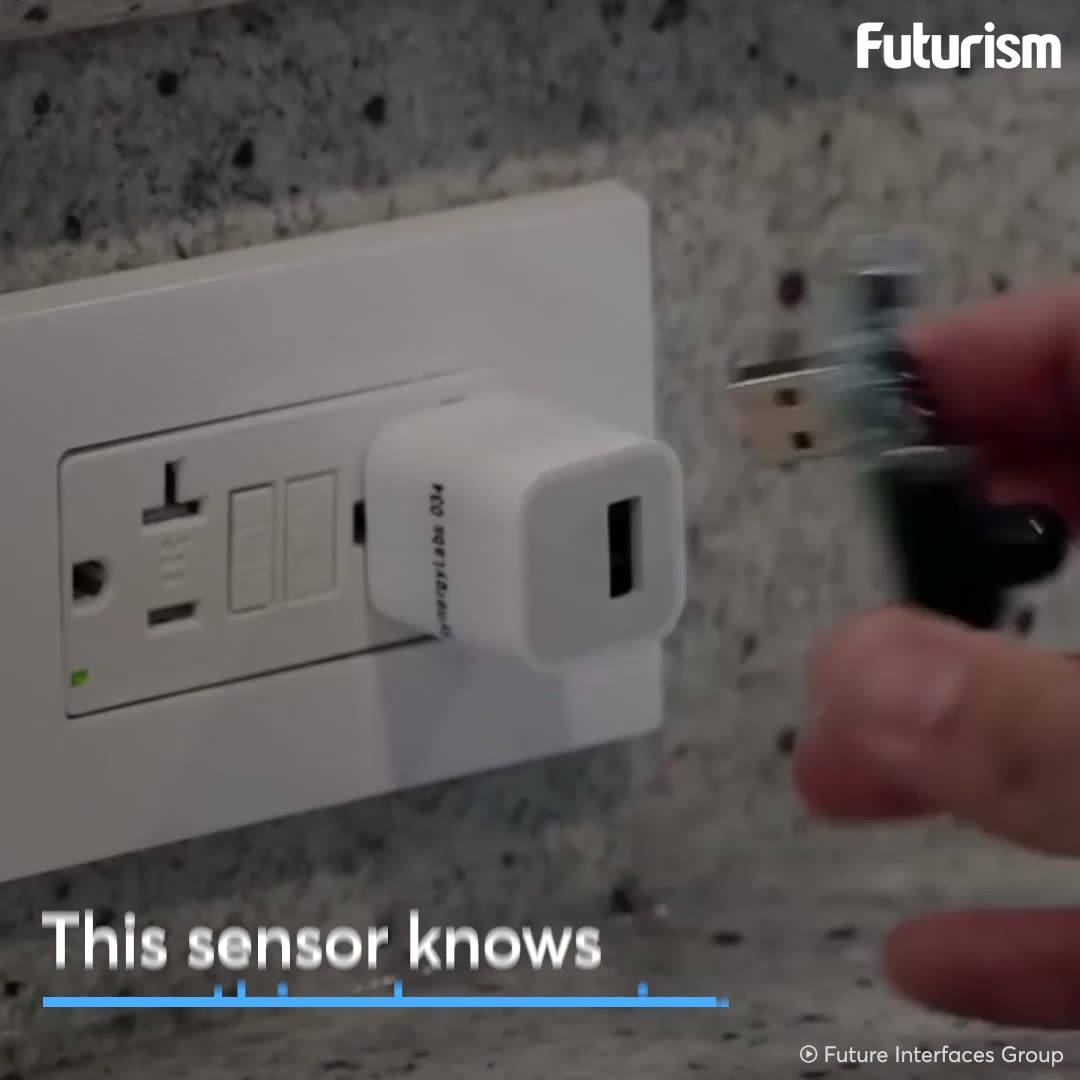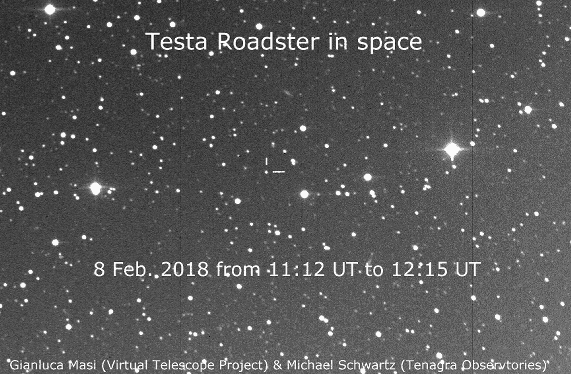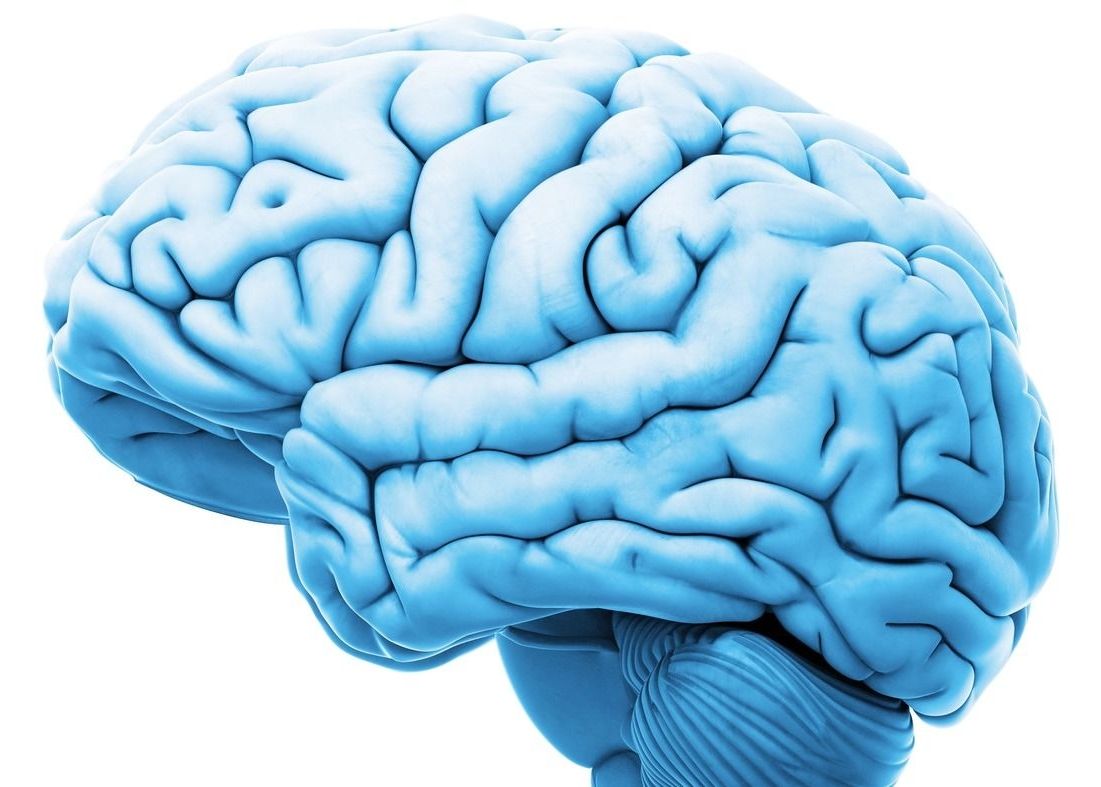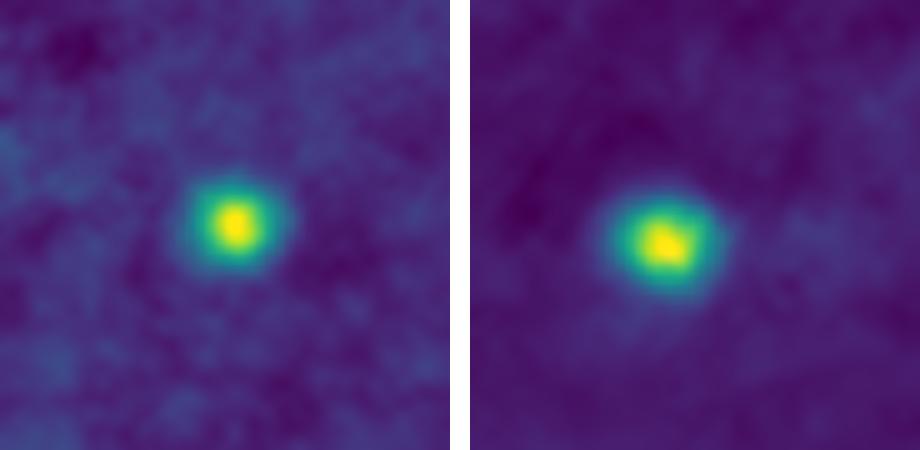Page 9995
Feb 9, 2018
5D storage crystal joins Tesla Roadster on incredible space journey
Posted by Genevieve Klien in categories: Elon Musk, space travel, sustainability
The successful launch of the new rocket, the Falcon Heavy, by SpaceX from the Kennedy Space Centre in Florida into a Mars orbit around the Sun, has captured the world’s imagination and attention mainly because of its power but also because of its payload.
Famously aboard the spacecraft is a Tesla Roadster, owned by SpaceX CEO Elon Musk, but joining the bright red sports car on its journey around our solar system is the Arch Library, created using 5D optical storage technology developed by Professor Peter Kazansky and his team at the University of Southampton’s Optoelectronics Research Centre.
This first Arch library (pronounced Ark) – known as the Solar Library — contains the Foundation Trilogy of science fiction books written by Elon Musk’s favourite American author, Isaac Asimov… Archs are the vision of the Arch Mission Foundation which wants to permanently preserve and disseminate human knowledge as part of an ‘Encyclopedia Galactica’ across time and space for the benefit of future generations.
Feb 9, 2018
First 3D imaging of excited quantum dots
Posted by Genevieve Klien in categories: biotech/medical, quantum physics, solar power, sustainability
Quantum dots are rapidly taking center stage in emerging applications and research developments, from enhanced LCD TVs and thin-film solar cells, to high-speed data transfer and fluorescent labeling in biomedical applications.
Feb 9, 2018
Nanoparticles Enable Non-Invasive Optogenetic Control of Brain Cell Activity With Near-Infrared Light
Posted by Paul Gonçalves in categories: energy, genetics, nanotechnology, neuroscience
You can’t peer very far down into a well or below the surface of the ocean before things go dark—light does not penetrate to such depths. Though the brain is far from bottomless, neuroscientists face the same lack of light when they try to study living deep-brain structures. This is especially frustrating given that optogenetics, a method for manipulating genetically tagged brain cells with light, has exploded in popularity over the past decade. “Optogenetics has been a revolutionary tool for controlling neurons in the lab, and hopefully someday in the clinic,” says Thomas McHugh, research group leader at the RIKEN Brain Science Institute in Japan. “Unfortunately, delivering light within brain tissue requires invasive optical fibers.”
McHugh and colleagues now have a solution for sending light to new depths in the brain. As they report in Science on February 9, upconversion nanoparticles (UCNPs) can act as a conduit for laser light delivered from outside the skull. These nanoparticles absorb near-infrared laser light and in turn emit visible photons to areas that are inaccessible to standard optogenetics. This method was used to turn on neurons in various brain areas as well as silence seizure activity and evoke memory cells. “Nanoparticles effectively extend the reach of our lasers, enabling the ‘remote’ delivery of light and potentially leading to non-invasive therapies,” says McHugh.
In optogenetics, blue-green light is used to turn neurons on or off via light-responsive ion channels. Light at these wavelengths, however, scatters strongly and is at the other end of the spectrum from the near-infrared light that can penetrate deeper into brain tissue. UCNPs composed of elements from the lanthanide family can act as a bridge. Their ‘optogenetic actuation’ turns low-energy near-infrared laser light into blue or green wavelengths for control of specifically labeled cells. Though such bursts of light deliver considerable energy to a small area, temperature increases or cellular damage were not observed.
Feb 9, 2018
Super sensor detects running appliances
Posted by Shane Hinshaw in category: electronics
Feb 9, 2018
Observatory Spots Elon Musk’s Tesla Roadster Zooming Through Space (Video)
Posted by Genevieve Klien in categories: Elon Musk, space travel, sustainability
The Tesla Roadster and its mannequin driver that launched into space aboard SpaceX’s first Falcon Heavy rocket on Tuesday (Feb. 6), has been spotted by a telescope on the ground.
Feb 9, 2018
Dentists May Soon Regenerate Teeth Using GSK3 Antagonists
Posted by Steve Hill in categories: biotech/medical, futurism
What if I told you that we could regenerate our teeth? Well, that may soon be a possibility thanks to new research showing that teeth can be encouraged to regrow. Rather than drilling holes into teeth and plugging them with artificial fillers, dentists in the near future may be able to rebuild your teeth with a new technique.
Stimulating stem cells
Professor Paul Sharpe, a scientist based at King’s College in London, and his team have found a way to do just this in mice. They published a study last year that described this new approach[1].
Feb 9, 2018
Major Psychiatric Disorders Have More In Common Than We Thought, Study Finds
Posted by Genevieve Klien in categories: biotech/medical, genetics, neuroscience
Major psychiatric disorders like autism, schizophrenia and bipolar appear to have more in common than we thought they did. A new study finds that they have important similarities at a molecular level.
And understanding the molecular basis of major disorders such as autism, schizophrenia and bipolar is hopeful, because it could help in developing better treatments for them.
These psychiatric disorders are diagnosed by how a patient behaves. There are no clear signs on a brain “that you can see with your eyes or most microscopic techniques,” says Dan Geschwind, a professor of neurogenetics at UCLA. His team’s findings were published in Science this week.
Continue reading “Major Psychiatric Disorders Have More In Common Than We Thought, Study Finds” »
